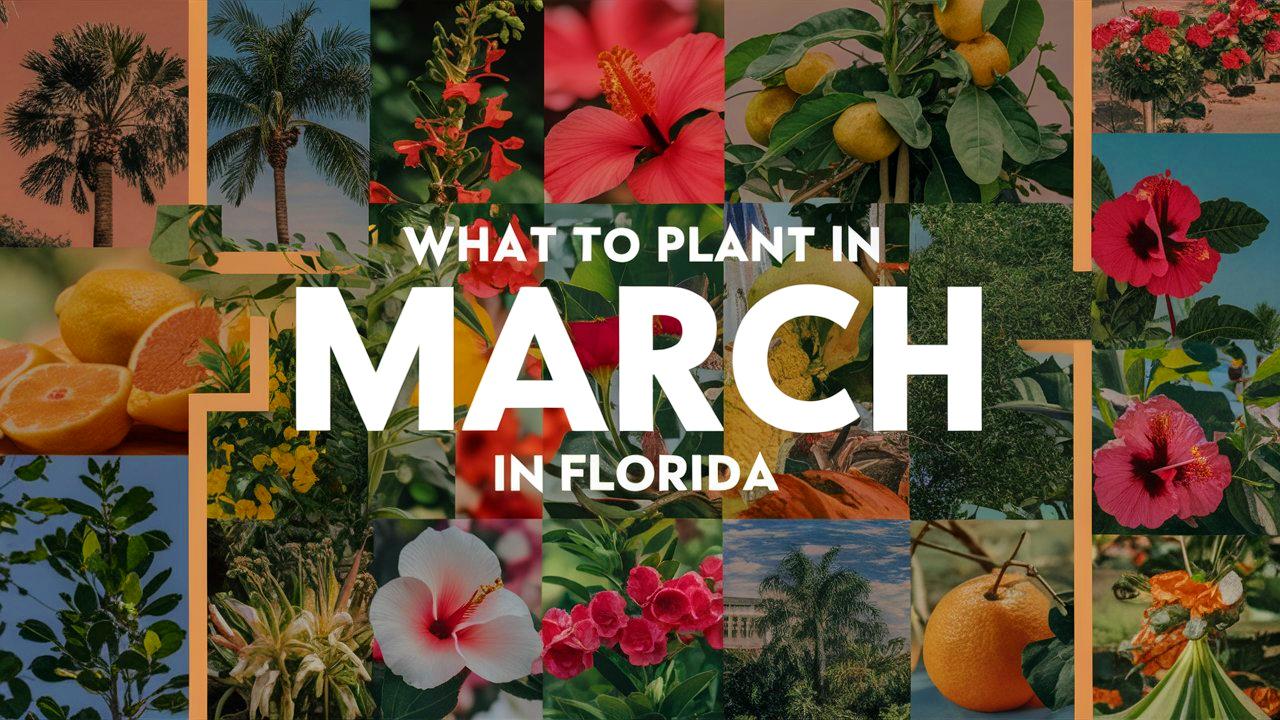March is an exciting time for gardeners in Florida as the state welcomes spring with warmer temperatures and longer daylight hours. Given Florida’s diverse climate zones ranging from USDA Zone 8 in the north to Zone 11 in the south, it’s essential to choose the right plants to sow, ensuring they flourish in this subtropical paradise.
In this guide, we will dig into the best vegetables, flowers, herbs, and landscape plants you can plant in Florida during March.
Vegetables To Plant
March is a great month to start or continue your vegetable gardening journey. The conditions are right for many varieties to thrive, and with the right knowledge, you can enjoy a bountiful harvest.
Tomatoes
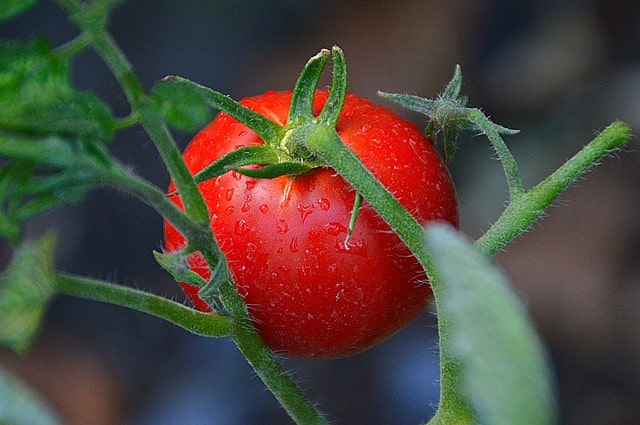
Tomatoes are a staple vegetable in many home gardens and thrive in Florida’s warm climate. In March, the soil temperature typically ranges from 60°F to 70°F, which is ideal for planting. In Northern Florida (USDA Zones 8 and 9), it’s best to start planting them early in the month or even indoors for transplants. Central Florida (USDA Zones 9 and 10) can plant them throughout March, while Southern Florida (USDA Zones 10 and 11) can plant them from mid to late March.
Temperature Tolerance: Tomatoes prefer warm conditions and can handle temperatures up to 95°F but will suffer if temperatures drop below 50°F.
Peppers
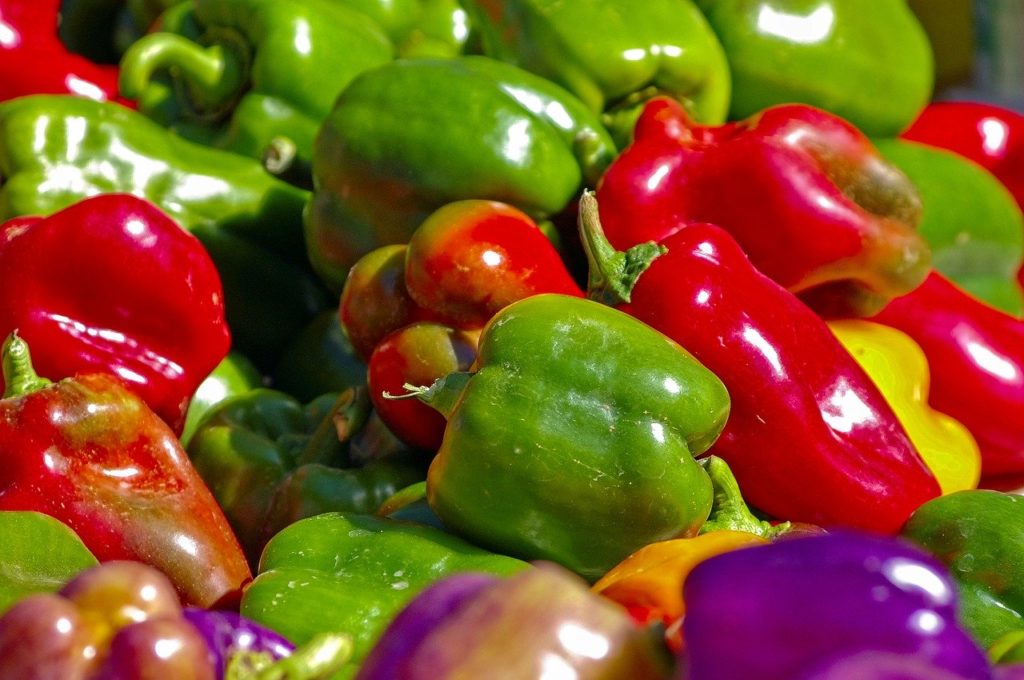
Bell peppers and hot peppers are another fantastic choice for planting in March. Similar to tomatoes, peppers love the heat and should be planted in a sunny location. Start seeds indoors in February to transplant outdoors in early March. For Northern Florida, peppers can be set out after the last frost, while Central and Southern regions can plant them throughout March.
Temperature Tolerance: Peppers thrive in temperatures between 70°F to 85°F but should be protected from temperatures below 60°F, which can hinder growth.
Cucumbers
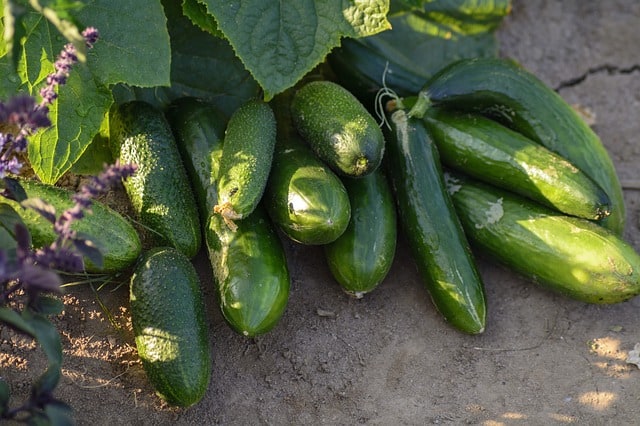
Cucumbers are fast-growing and perfect for Florida gardens. March is an excellent time to plant cucumber seeds directly into the soil, particularly in Central and Southern Florida, as temperatures start warming. Northern Florida should wait until late March to avoid any chilly snap.
Temperature Tolerance: Cucumbers grow best in temperatures between 70°F to 90°F and should be planted when soil temperatures reach at least 65°F.
Squash
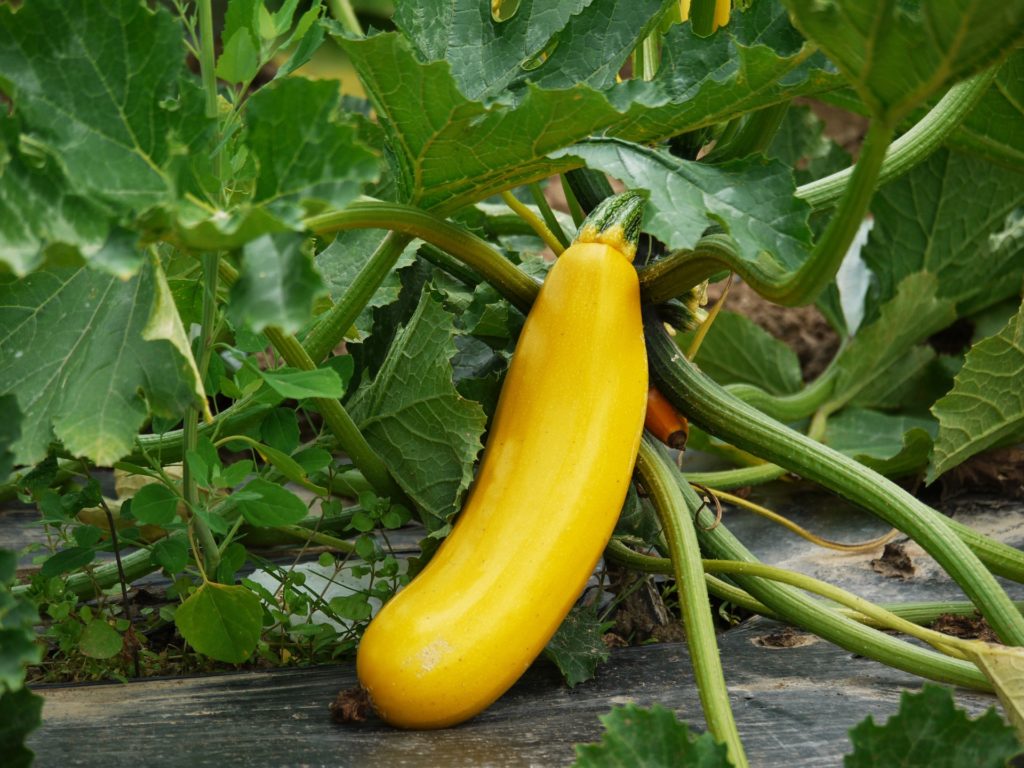
Summer squash varieties, such as zucchini, can be sown in March. These plants do exceptionally well in Florida’s climate and produce fruits quickly. In Northern Florida, it’s advisable to plant seeds or transplants in late March, while Central and Southern Florida can start planting them earlier in the month.
Temperature Tolerance: Squash prefers temperatures around 75°F to 85°F but can tolerate slightly hotter conditions as long as they receive adequate moisture.
Beans
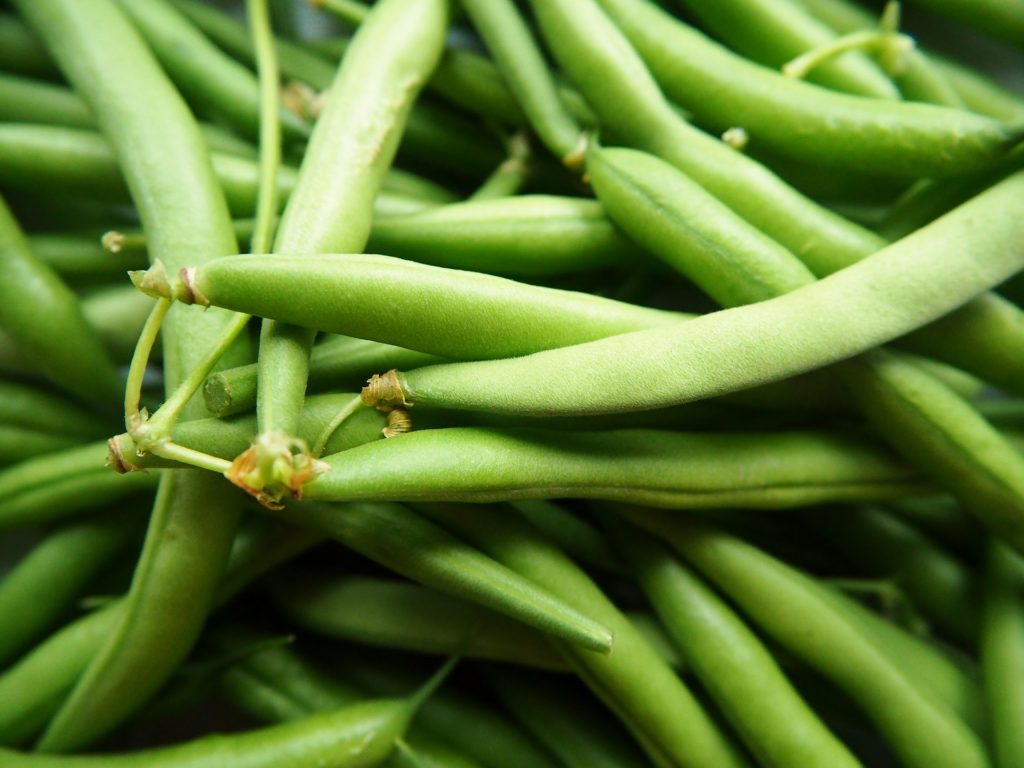
Phaseolus species like green beans and snap beans can be planted in March. This legume is perfect for a staggered planting approach, allowing for continual harvest throughout the summer months. In Northern Florida, sow seeds towards the end of March, while planting can start earlier in Central and Southern Florida.
Temperature Tolerance: Beans prefer warm conditions, doing best when daytime temperatures are between 70°F to 90°F.
Lettuce
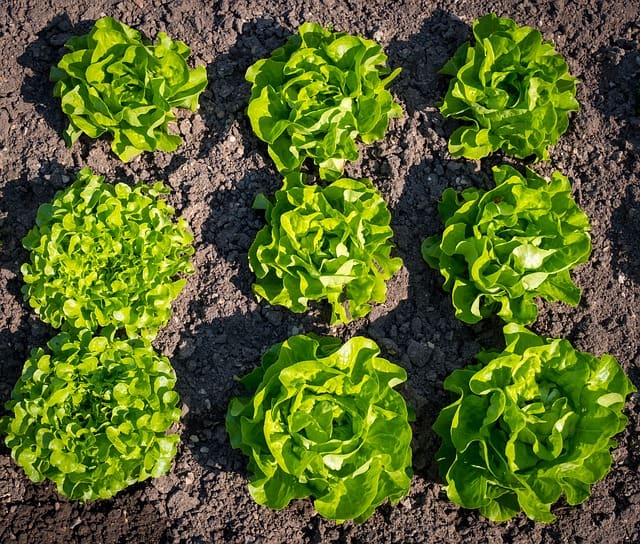
Though lettuce prefers cooler weather, many heat-tolerant varieties are available today, making March still a suitable time to plant in Florida. Ideal for all zones, planting should occur early in March to avoid bolting as temperatures rise.
Temperature Tolerance: Lettuce grows best in temperatures between 60°F to 70°F. High temperatures above 75°F can lead to bolting.
Eggplant
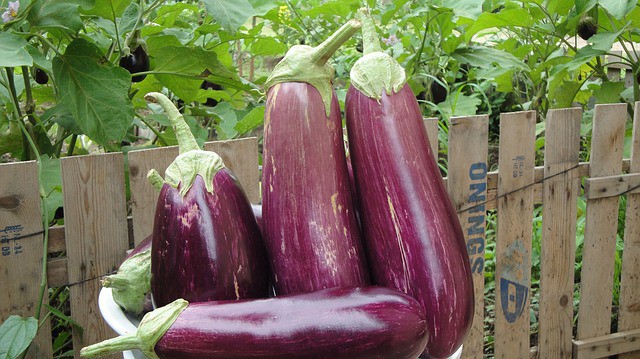
Eggplant is another excellent choice for Florida gardeners in March. This warm-weather vegetable thrives with plenty of sunshine and should be planted as transplants after the last frost in Northern Florida. March is ideal for sowing seeds in Central and Southern regions.
Temperature Tolerance: Eggplant grows best in temperatures between 70°F to 85°F; they can tolerate higher temperatures but prefer warmth over sudden cold snaps.
Corn
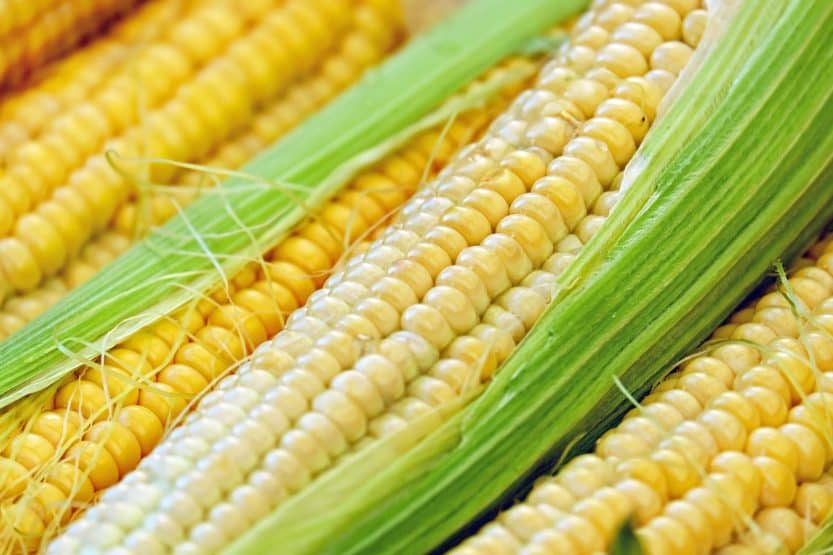
Corn can be planted in March, particularly in Central and Southern Florida. It increases in growth rate with the warmer weather, completing its life cycle quickly. Northern gardeners should consider waiting until the end of March.
Temperature Tolerance: Corn prefers temperatures between 60°F to 95°F for optimal growth.
Carrots
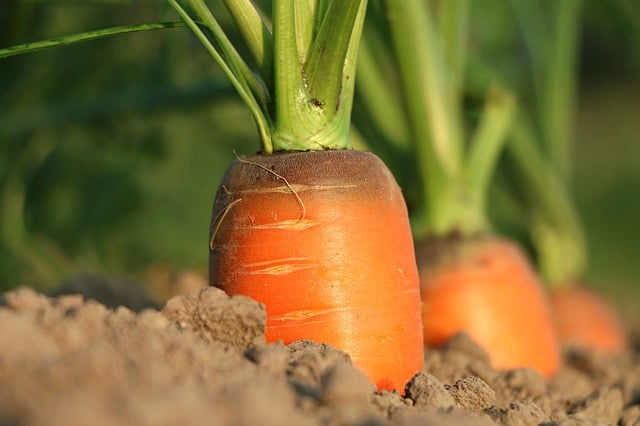
March is a suitable time for planting carrots in Florida. They can be sown directly into the garden, and cool-weather varieties will do well if planted early in the month. In Northern Florida, consider selecting early-harvest varieties.
Temperature Tolerance: Carrots can tolerate a wide range of temperatures but grow best in cooler conditions, around 55°F to 75°F.
Okra
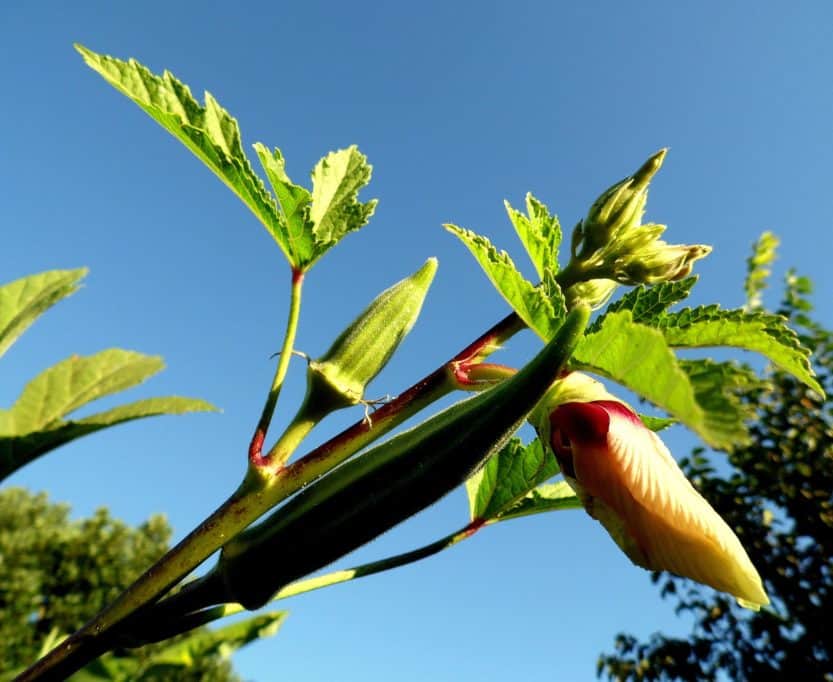
Okra is a heat-loving crop that thrives in Florida’s climates, making March the perfect time for sowing seeds directly into the warm soil. Planting can begin in late March in Northern Florida and earlier in Central and Southern Florida.
Temperature Tolerance: Okra grows best in temperatures above 70°F, preferring the warmer summer months.
Flowers To Plant
The enchanting blooms and colors of flowers can transform your garden into a vibrant paradise. March offers a rich selection of flowers that can be planted to enhance your garden throughout the spring and summer.
Marigolds
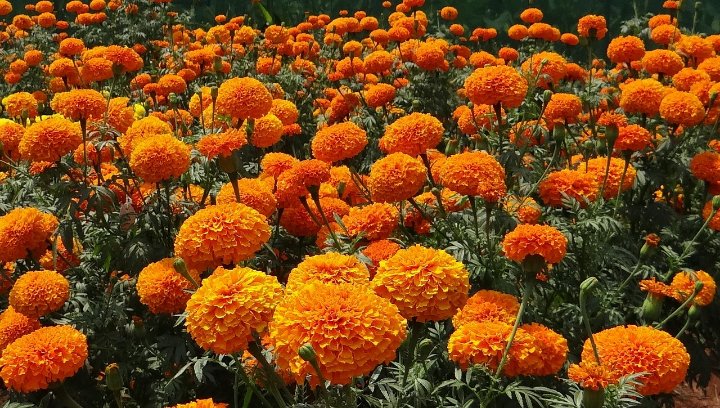
Marigolds are a versatile and hardy flower, ideal for gardeners of all experience levels. Plant them in the ground or as container flowers as they thrive in most Florida zones throughout March, providing a pop of color and acting as natural pest deterrents.
Temperature Tolerance: Marigolds thrive in temperatures ranging from 60°F to 90°F and can withstand short periods of drought.
Zinnias
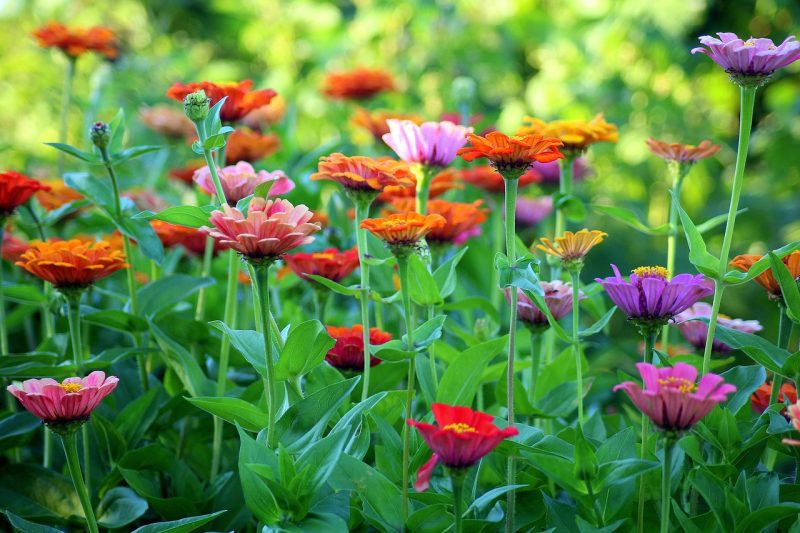
Zinnias are vibrant, cheerful flowers that can be direct-sown in March across all Florida zones. They are low-maintenance and attract pollinators to your garden, making them a valuable addition.
Temperature Tolerance: Zinnias thrive in warmth, preferring temperatures between 65°F to 90°F.
Sunflowers
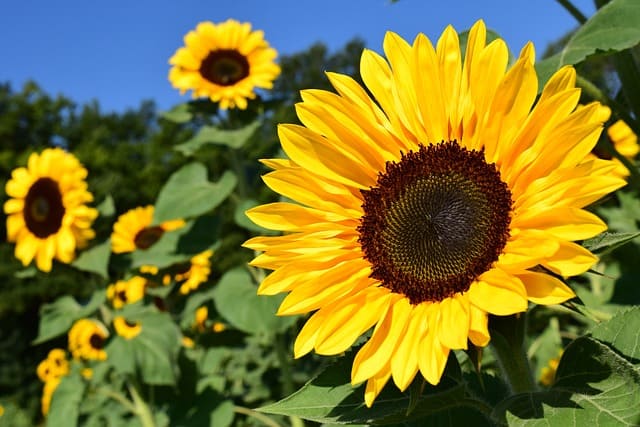
Sunflowers are iconic for their tall stature and sunny disposition. March is an excellent time to plant seeds directly into the soil, especially in Central and Southern Florida where they can mature quickly before the summer heat sets in.
Temperature Tolerance: Sunflowers thrive in temperatures ranging from 70°F to 90°F and will not tolerate frost.
Cosmos
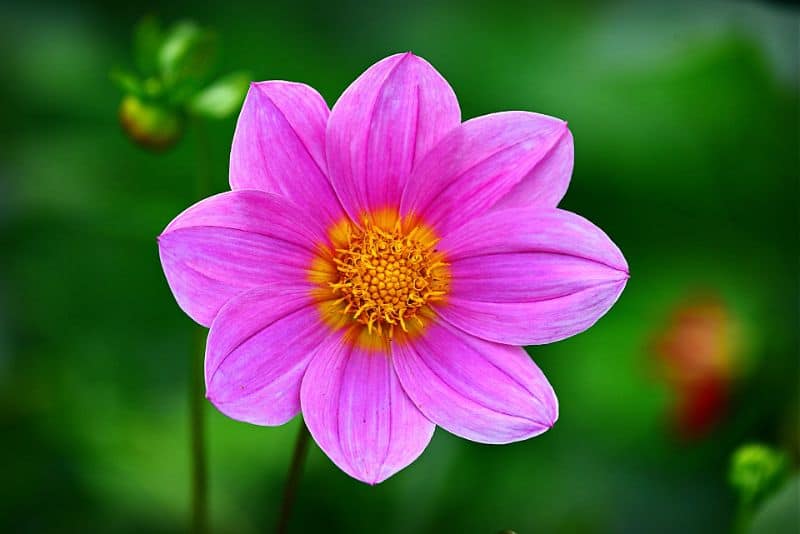
Cosmos is an easy-to-grow flower that adds a whimsical touch to any garden. March is a great time to sow seeds directly in the ground across all zones, allowing them to bloom in a variety of colors.
Temperature Tolerance: Cosmos prefer temperatures around 70°F to 85°F, thriving in full sun.
Cleome
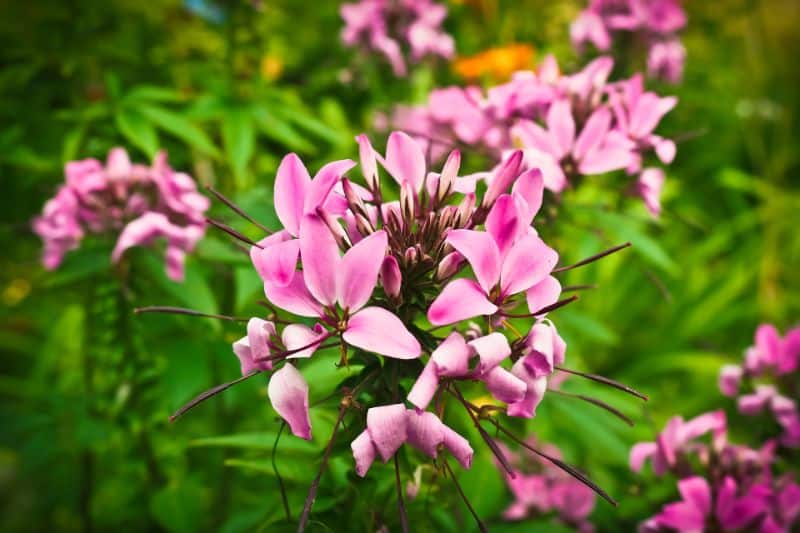
Cleome, also known as spider flower, is a unique and attractive flower that grows tall and adds vertical interest to gardens. March is perfect for planting seeds or transplants, especially in Central and Southern Florida.
Temperature Tolerance: Cleome grows best in temperatures between 70°F and 90°F.
Petunias
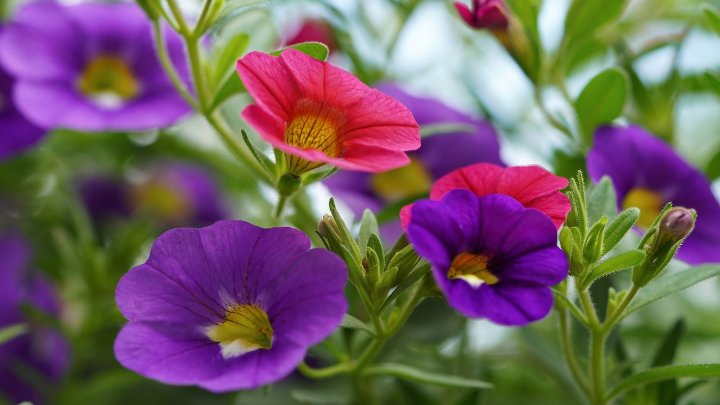
Petunias are ornamental flowers cherished for their bright colors and fragrant blooms. March is an ideal time for planting petunias as transplants in all zones. They make excellent border plants or fillers in garden beds.
Temperature Tolerance: Petunias prefer cooler weather, ideally between 60°F to 75°F, making early March suitable before the heat intensifies.
Salvia
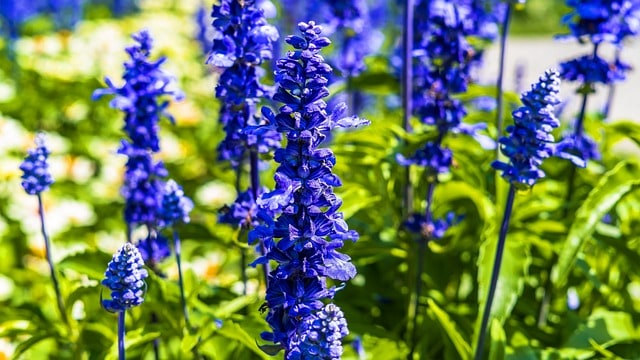
Salvia’s variety of species offers a beautiful palette for any garden. March is an ideal time to plant salvia, which attracts pollinators like butterflies and hummingbirds.
Temperature Tolerance: Salvia thrives in temperatures ranging from 60°F to 80°F and can tolerate heat well.
Begonias
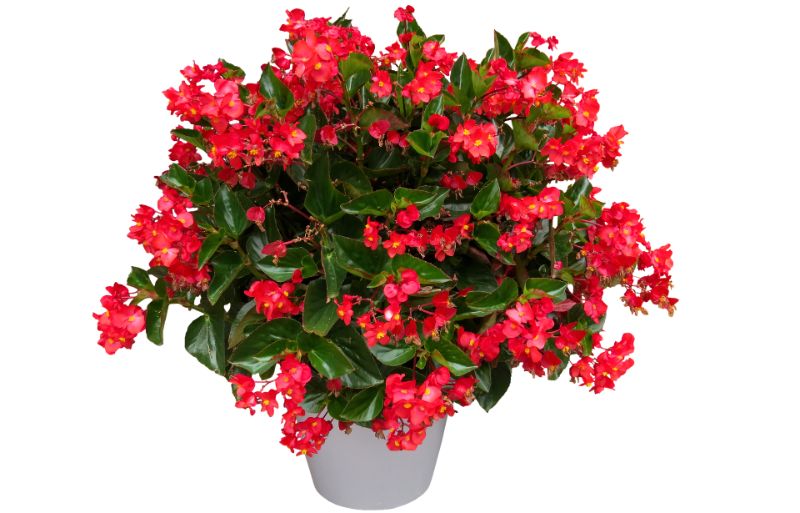
Begonias are popular perennial flowers that can add a splash of color to Florida gardens. They can be planted as tubers or transplants in March, especially in shaded areas where they flourish away from the direct sun.
Temperature Tolerance: Begonias prefer temperatures around 60°F to 75°F and should be protected from frost.
Gaillardia (Blanket Flower)
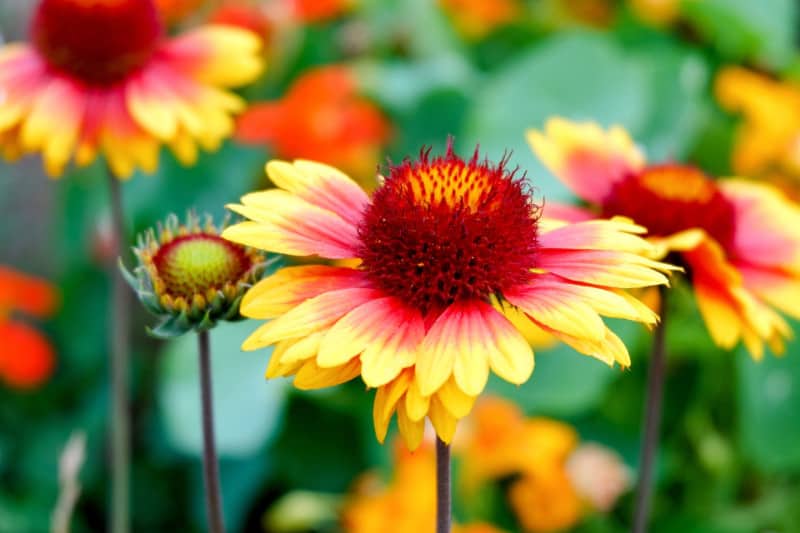
Gaillardia is known for its vibrant color and resilience in the garden. These flowers are drought-tolerant and thrive in full sun. You can plant seeds directly in March across all zones.
Temperature Tolerance: Gaillardia prefers warmer temperatures, thriving best between 70°F and 85°F.
Herbs To Plant
Herbs are a fantastic addition to any garden for both culinary and aromatic benefits. March is an optimal time for many herbs that flourish in Florida’s warm climate.
Basil
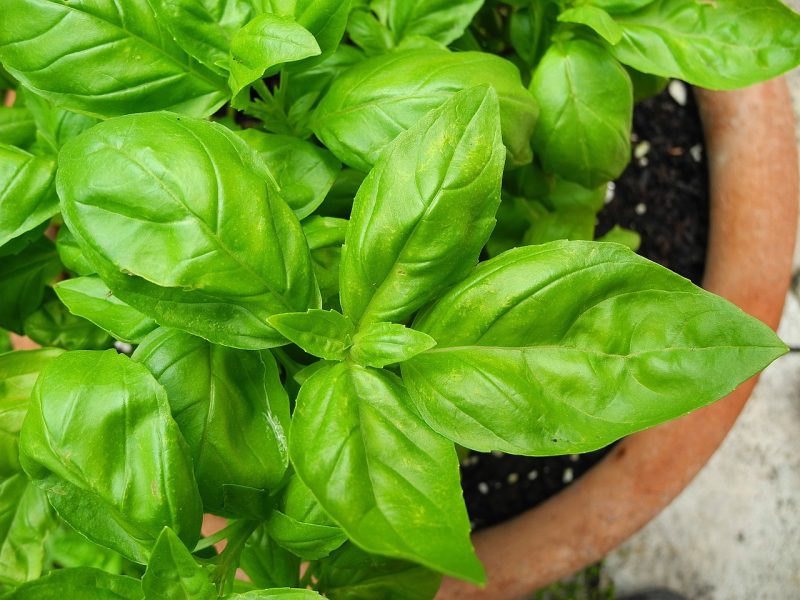
Basil is a favorite herb among gardeners and cooks alike. March is ideal for planting basil seeds or transplants, especially in Southern and Central Florida, where they’ll thrive with ample sun and warmth.
Temperature Tolerance: Basil grows best in temperatures from 70°F to 90°F and is sensitive to frost.
Rosemary
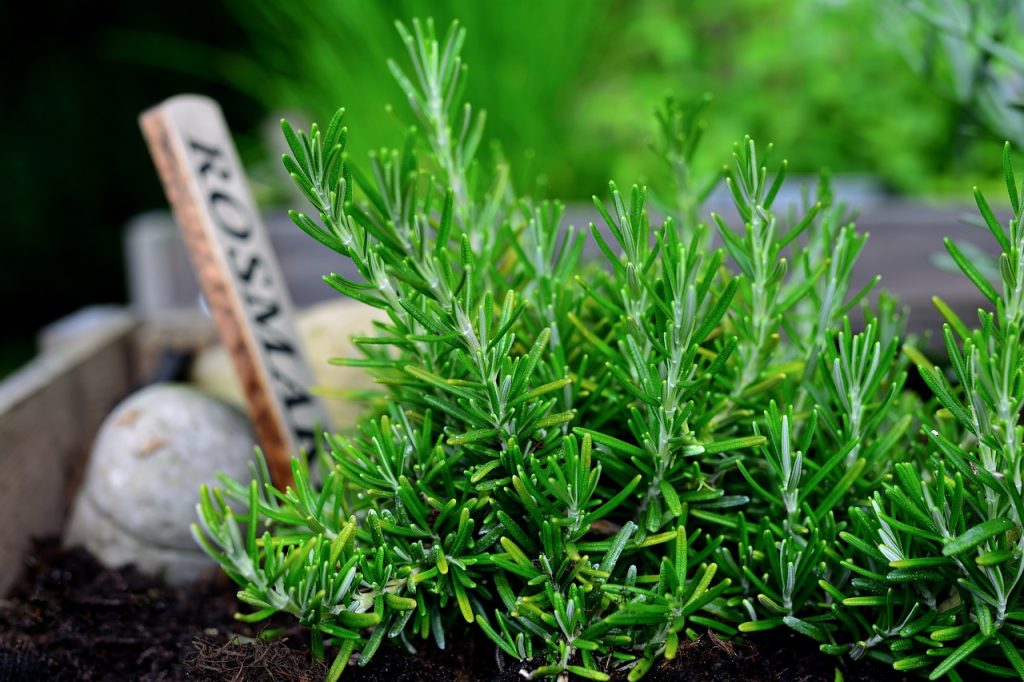
Rosemary is a hardy herb that prefers well-drained soil and plenty of sun. March is a great time to plant rosemary, as it can withstand Florida’s heat and humidity well.
Temperature Tolerance: Rosemary thrives in temperatures between 60°F to 80°F, making it well-suited for the warm months ahead.
Cilantro
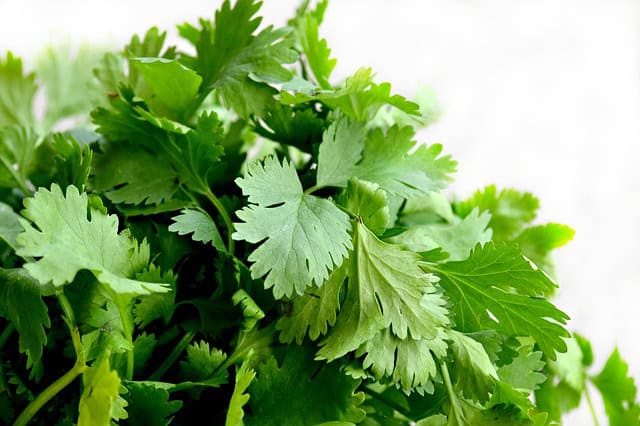
Cilantro is another herb that does well in cooler temperatures, so early March is a great time for planting. In Southern Florida, you can plant it directly into the soil, while Northern gardeners should do so early in the month.
Temperature Tolerance: Cilantro prefers temperatures around 55°F to 75°F; it tends to bolt quickly in heat.
Oregano
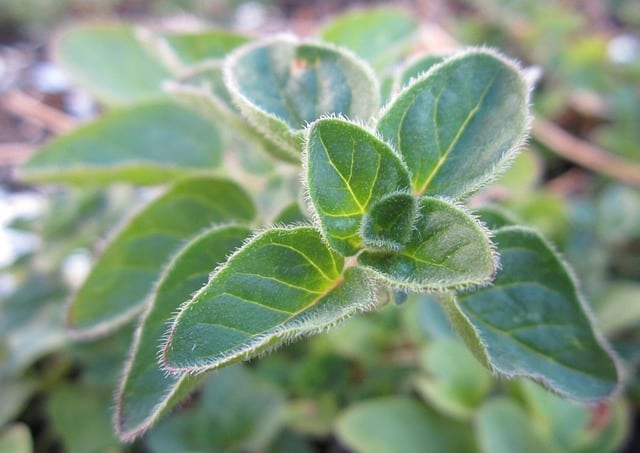
Oregano is a hardy herb that is perfect for planting in March. It requires full sun and can handle heat very well, thriving especially in Central and Southern Florida.
Temperature Tolerance: Oregano grows best in warmer temperatures, enjoying a range of 60°F to 80°F.
Thyme
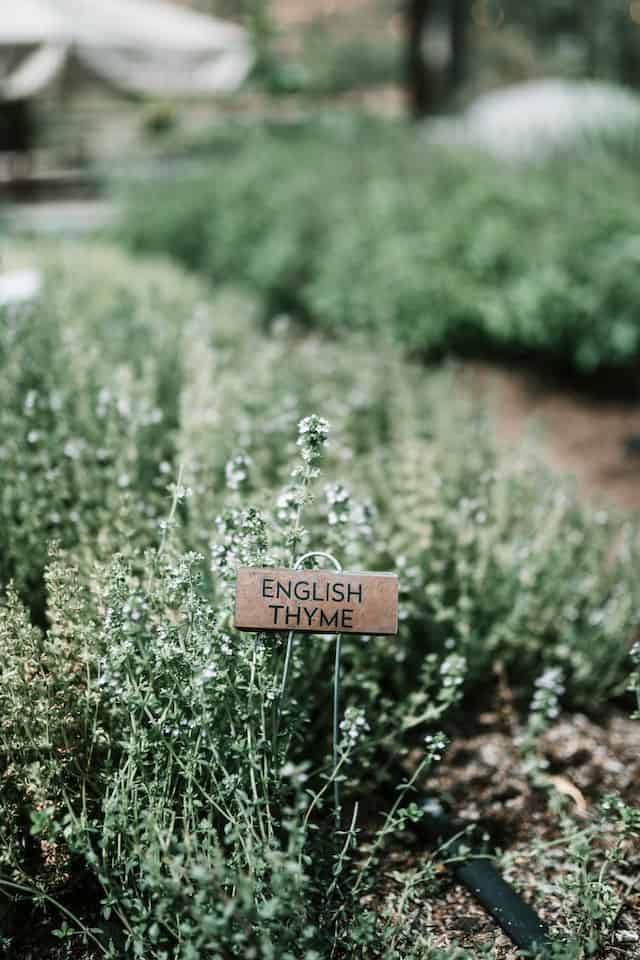
Thyme is a versatile herb that can be planted in March across all zones in Florida. It is drought-resistant and thrives in well-drained soils, making it a perfect candidate for sunny gardens.
Temperature Tolerance: Thyme flourishes in temperatures between 60°F to 80°F.
Mint
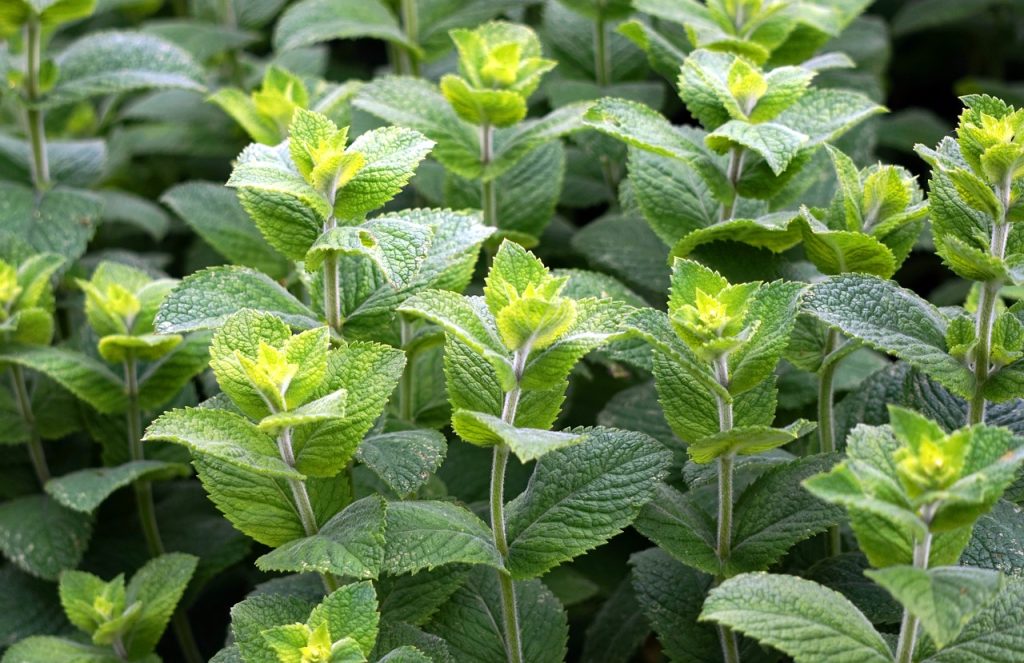
Mint is a vigorous grower that can easily take over garden space if not contained. March offers a great opportunity to plant mint. It prefers partial shade and moisture, making it suitable for various garden conditions.
Temperature Tolerance: Mint thrives best in temperatures from 60°F to 75°F.
Dill
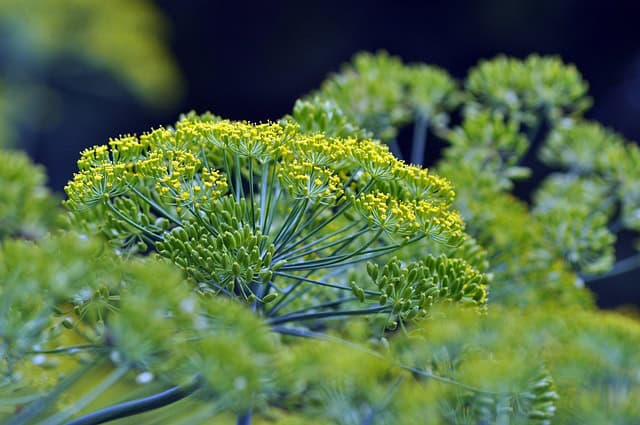
Dill prefers cooler weather and does well when planted early in the season. March is a suitable time for planting dill seeds in Northern and Central Florida, where temperatures are mild.
Temperature Tolerance: Dill grows best in temperatures between 50°F to 75°F, making it an ideal spring herb.
Chives
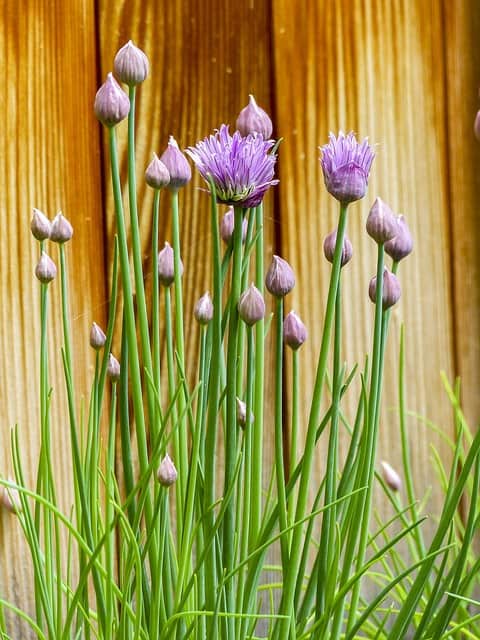
Chives are a perennial herb, making them a long-term addition to your garden. Plant chives in early March before they begin to sprout actively in warmer weather. They are suitable for all zones in Florida.
Temperature Tolerance: Chives thrive between 60°F to 75°F but can tolerate cooler temperatures as well.
Parsley
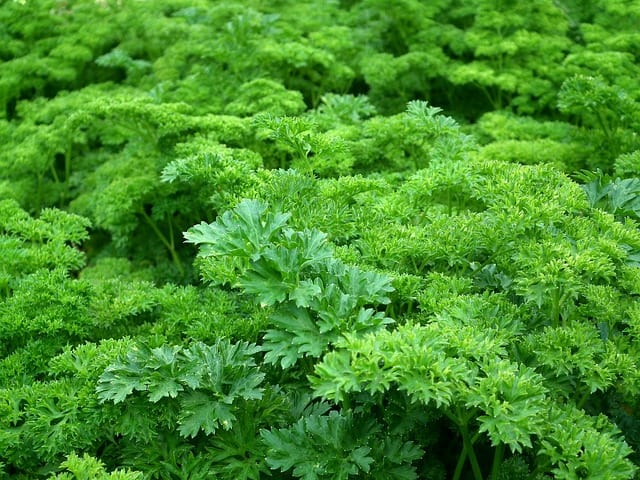
Parsley can be direct-sown in March, thriving in both sunlight and partial shade. This herb is an excellent choice due to its versatility and can withstand a variety of conditions.
Temperature Tolerance: Parsley prefers temperatures between 60°F and 75°F, performing best in cool weather.
Landscape Plants To Plant In March
Enhancing your landscape with vibrant and resilient plants can create an inviting atmosphere around your home. March is the perfect time for planting a variety of landscape plants that will flourish in Florida’s climate.
Bougainvillea
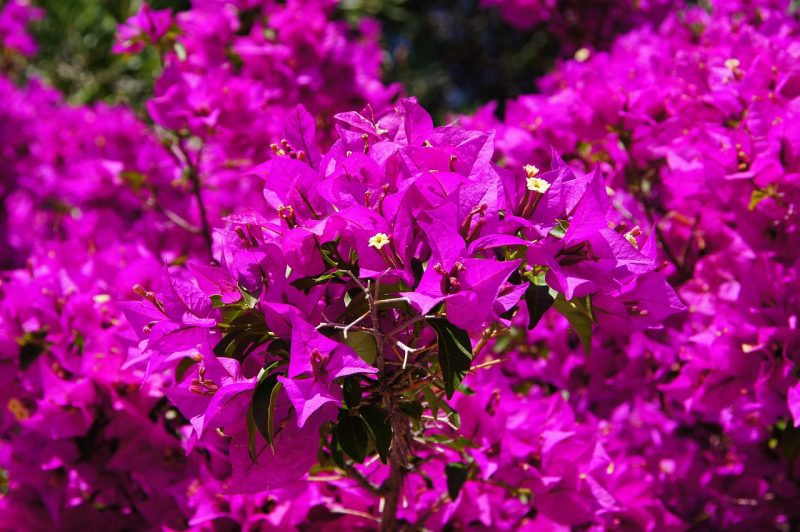
Bougainvillea delivers a spectacular burst of color to landscapes and thrives well in warm conditions. March is ideal for planting bougainvillea in all regions of Florida.
Temperature Tolerance: This drought-resistant plant loves warmth, preferring temperatures between 70°F to 100°F.
Azaleas
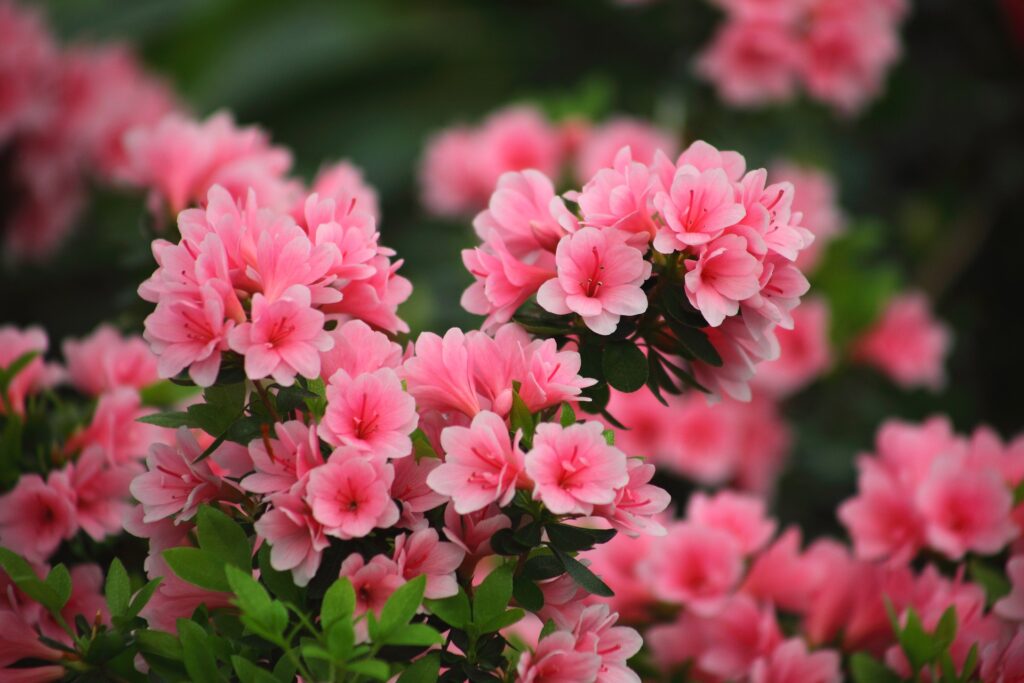
Azaleas are a popular choice in Florida landscapes, known for their stunning blooms. March is excellent for planting both container and bare-root azaleas, particularly in Central and Northern Florida.
Temperature Tolerance: Azaleas prefer cooler climates, thriving best in temperatures between 60°F to 75°F.
Hibiscus
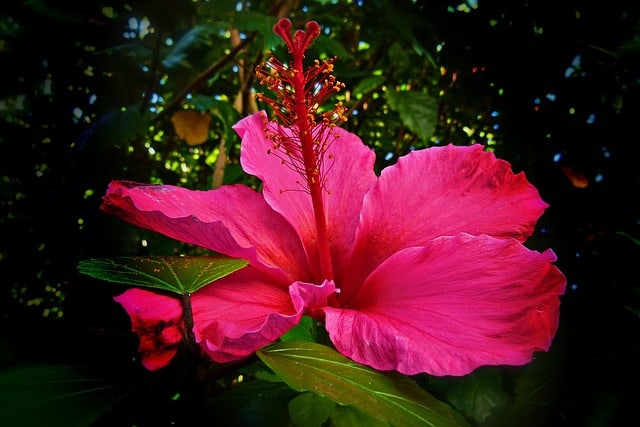
Hibiscus plants add a tropical flair to landscapes with their large, showy blooms. Plant hibiscus in March throughout Florida, where they will thrive in sunny, moist conditions.
Temperature Tolerance: Hibiscus prefers temperatures between 70°F to 90°F and do not tolerate frost well.
Lantana
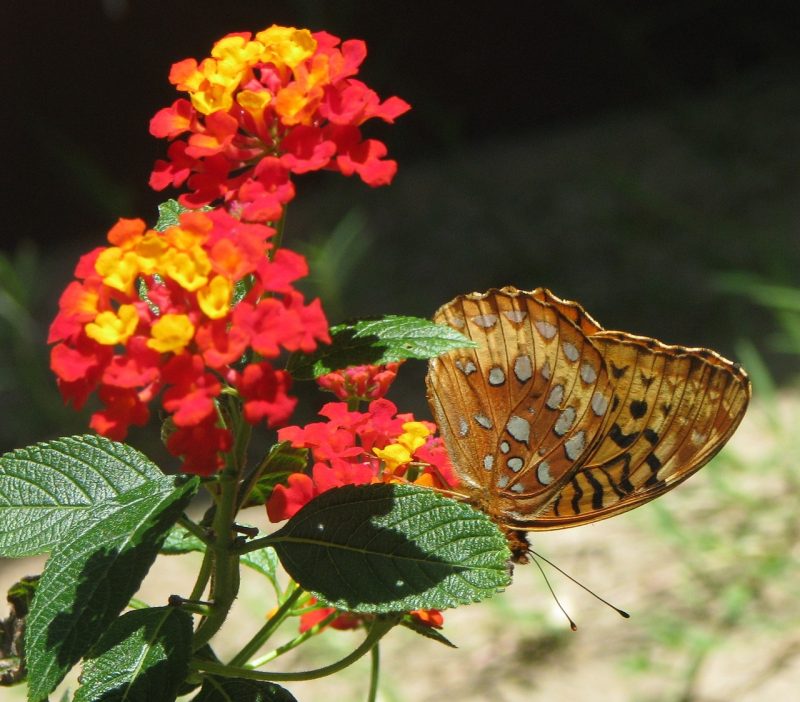
Lantana is a heat-tolerant perennial that is perfect for borders and container planting. March is an excellent time to plant lantana as it flourishes in the warm Florida climate.
Temperature Tolerance: Lantana thrives best in temperatures between 70°F to 95°F, making it a durable choice for warm environments.
Gardenias
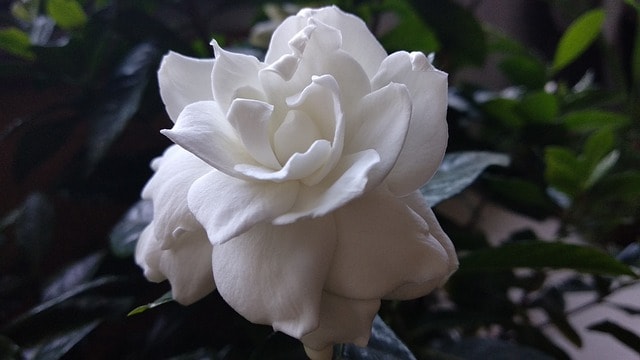
Gardenias are beloved for their fragrant flowers and glossy green leaves. March is a suitable time for planting gardenias in Central and Southern Florida, where they can thrive in well-drained soils.
Temperature Tolerance: Gardenias prefer temperatures around 65°F to 75°F; be wary of winds.
Firebush
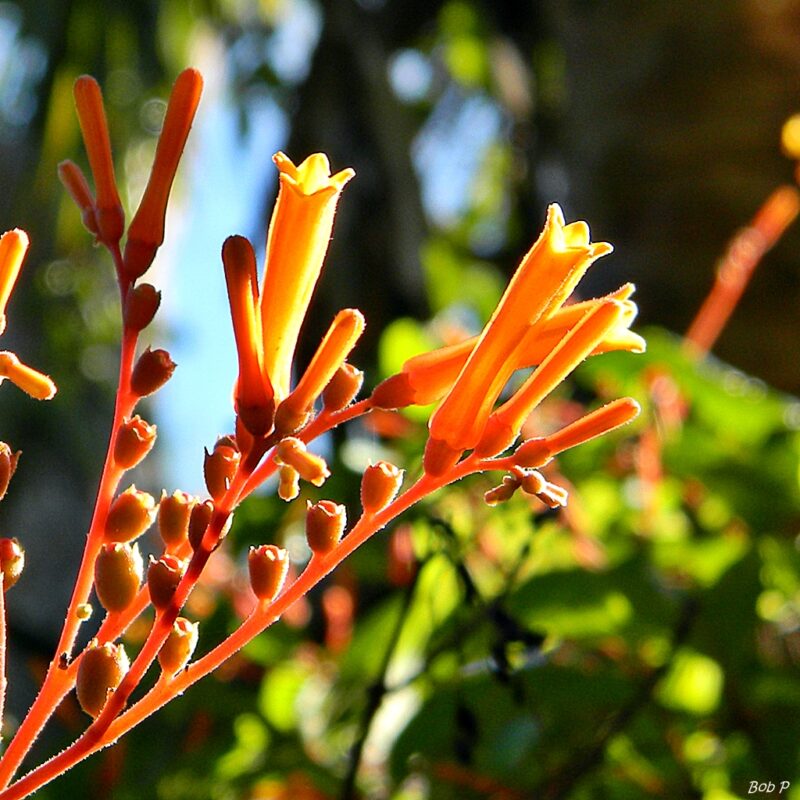
Firebush is a native Florida plant that attracts butterflies and bird species. March is a suitable time to plant firebush, which can grow well in various soils throughout Florida.
Temperature Tolerance: Firebush thrives in temperatures from 60°F to 90°F.
Ficus
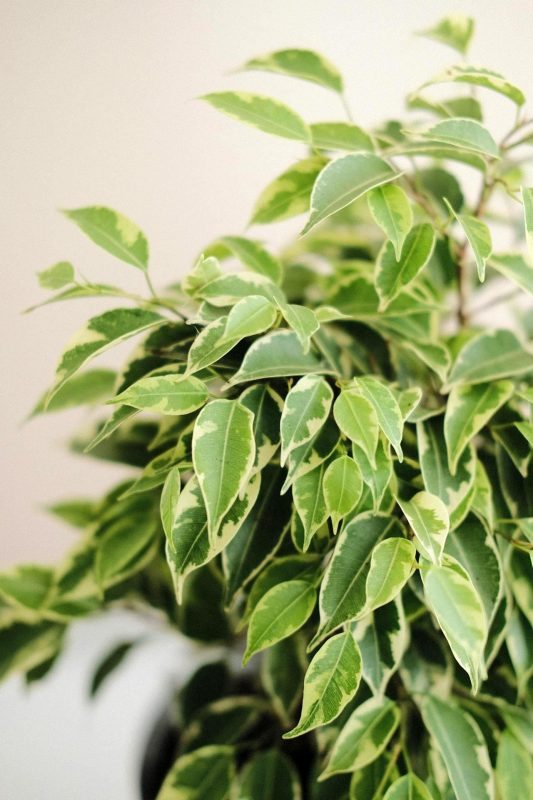
Ficus trees can make excellent choices for both indoor and outdoor landscapes. March provides a suitable temperature for planting ficus in Central and Southern Florida, allowing them to establish roots before the summer heat.
Temperature Tolerance: Ficus trees prefer warmer conditions, thriving best between 65°F and 85°F.
Cannas
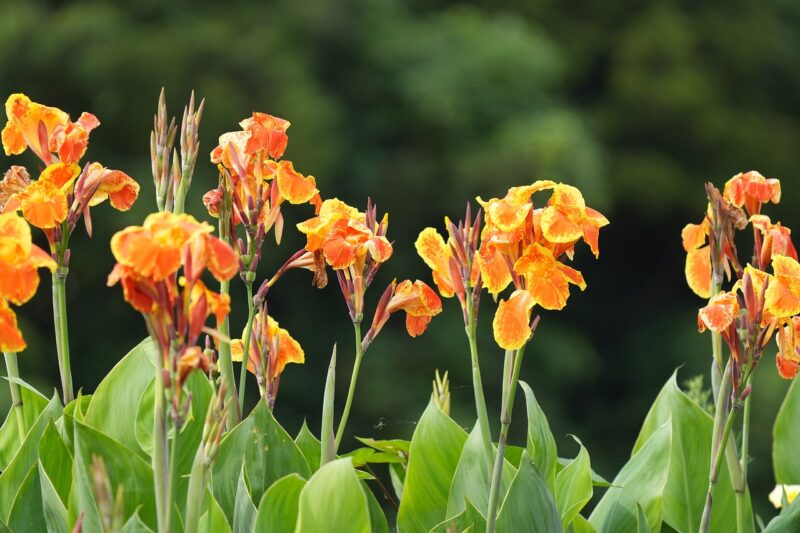
Cannas add vibrant color and texture to gardens. Plant canna bulbs in March across all Florida regions for bold foliage and eye-catching blooms during the warm months.
Temperature Tolerance: Cannas thrive in temperatures of 70°F to 90°F and do well in moist soil conditions.
Dwarf Palmetto
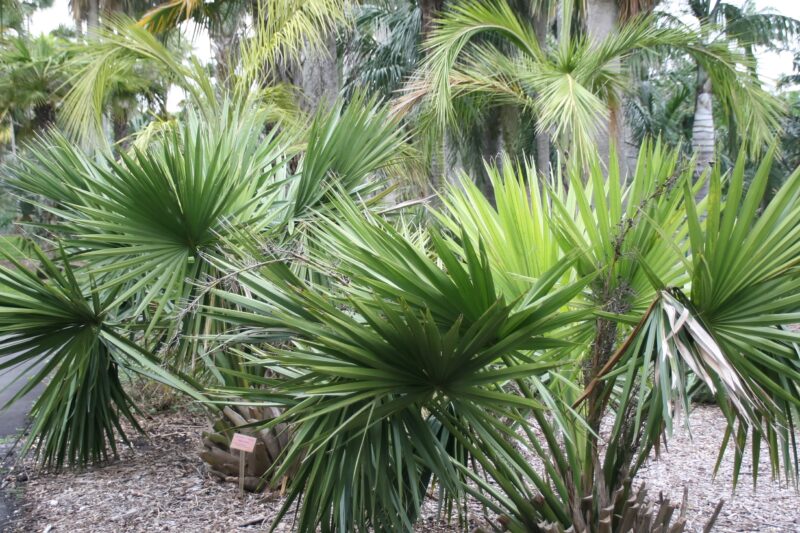
This small palm is excellent for landscaping, especially in low-maintenance gardens. Dwarf palmettos can be planted in March throughout Florida, adding a tropical touch to your outdoor space.
Temperature Tolerance: Dwarf palmettos prefer warm environments, thriving best between 60°F to 85°F.
FAQ
What is the best time to plant in Florida?
Florida has a subtropical climate, allowing for multiple planting seasons. Generally, spring (March to May) is an excellent time for planting many types of vegetables, flowers, and herbs. Early spring is particularly favorable as the threat of frost dissipates, and temperatures begin to rise.
Can I plant vegetables in Florida all year round?
Yes, Florida’s mild winters and warm summers allow for a year-round gardening experience. However, the types of vegetables that can be grown vary with the seasons. Cool-season crops like leafy greens and root vegetables thrive in late fall and winter, while warm-season crops like tomatoes and peppers do well from spring to summer.
What herbs grow best in Florida?
Florida offers a variety of herbs that thrive in its climate, such as basil, rosemary, thyme, mint, parsley, cilantro, and dill. They grow well in the warmer months and can be planted in spring.
How often should I water my new plants?
Newly planted plants typically require more frequent watering to establish their root systems. It’s recommended to water them every day for the first couple of weeks. After they are established, their watering needs can be reduced based on weather conditions.
Are there any plants I should avoid planting in March in Florida?
Certain plants should be avoided in March due to the likelihood of frost in Northern Florida. For example, tender perennials like certain types of tropical fruit trees should be planted later in the season to ensure they don’t suffer from cold damage.
March is the month in which Florida transforms into a gardening wonderland. With the right knowledge, tools, and determination, you can cultivate a flourishing garden that adds beauty, flavor, and life to your surroundings


